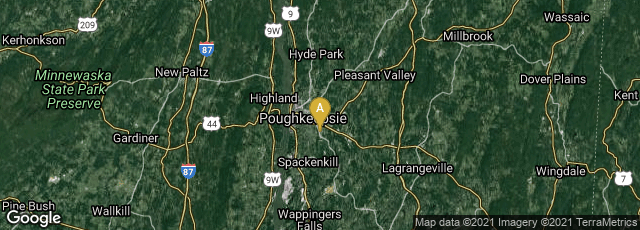

In 1987 work on what would become the Text Encoding Initiative was initiated by the Association for Computers and the Humanities, the Association for Computational Linguistics, and the Association for Literary and Linguistic Computing. This culminated in the Closing statement of the Vassar Planning Conference. At this conference representatives of text archives, scholarly societies, and research projects met to discuss the feasibility of a standard encoding scheme and to make recommendations for its scope, structure, content, and drafting. During the conference, the Association for Computational Linguistics and the Association for Literary and Linguistic Computing agreed to join Association for Computers and the Humanities as sponsors of a project to develop these Guidelines. The outcome of the conference was a set of principles (the ‘Poughkeepsie Principles’), which determined the further course of the project.
"The Text Encoding Initiative project began in June 1988 with funding from the NEH, soon followed by further funding from the Commission of the European Communities, the Andrew W. Mellon Foundation, and the Social Science and Humanities Research Council of Canada. Four working committees, composed of distinguished scholars and researchers from both Europe and North America, were named to deal with problems of text documentation, text representation, text analysis and interpretation, and metalanguage and syntax issues. Each committee was charged with the task of identifying ‘significant particularities’ in a range of texts, and two editors appointed to harmonize the resulting recommendations.
"A first draft version (P1, with the ‘P’ here and subsequently standing for ‘Proposal’) of the Guidelines was distributed in July 1990 under the title Guidelines for the Encoding and Interchange of Machine-Readable Texts. Extensive public comment and further work on areas not covered in this version resulted in the drafting of a revised version, TEI P2, distribution of which began in April 1992. This version included substantial amounts of new material, resulting from work carried out by several specialist working groups, set up in 1990 and 1991 to propose extensions and revisions to the text of P1. The overall organization, both of the draft itself and of the scheme it describes, was entirely revised and reorganized in response to public comment on the first draft.
"In June 1993 an Advisory Board met to review the current state of the TEI Guidelines, and recommended the formal publication of the work done to that time. That version of the TEI Guidelines, TEI P3, consolidated the work published as parts of TEI P2, along with some additional new material and was finally published in May of 1994 without the label draft, thus marking the conclusion of the initial development work.
"In February of 1998 the World Wide Web Consortium issued a final Recommendation for the Extensible Markup Language, XML.2 Following the rapid take-up of this new standard metalanguage, it became evident that the TEI Guidelines (which had been published originally as an SGML application) needed to be re-expressed in this new formalism if they were to survive. The TEI editors, with abundant assistance from others who had developed and used TEI, developed an update plan, and made tentative decisions on relevant syntactic issues.
"In January of 1999, the University of Virginia and the University of Bergen formally proposed the creation of an international membership organization, to be known as the TEI Consortium, which would maintain, develop, and promote the TEI. Shortly thereafter, two further institutions with longstanding ties to the TEI (Brown University and Oxford University) joined them in formulating an Agreement to Establish a Consortium for the Maintenance of the Text Encoding Initiative (An Agreement to Establish a Consortium for the Maintenance of the Text Encoding Initiative (March 1999)), on which basis the TEI Consortium was eventually established and incorporated as a not-for-profit legal entity at the end of the year 2000. The first members of the new TEI Board took office during January of 2001" (https://tei-c.org/release/doc/tei-p5-doc/en/html/AB.html#ABTEI, accessed 9-2020).